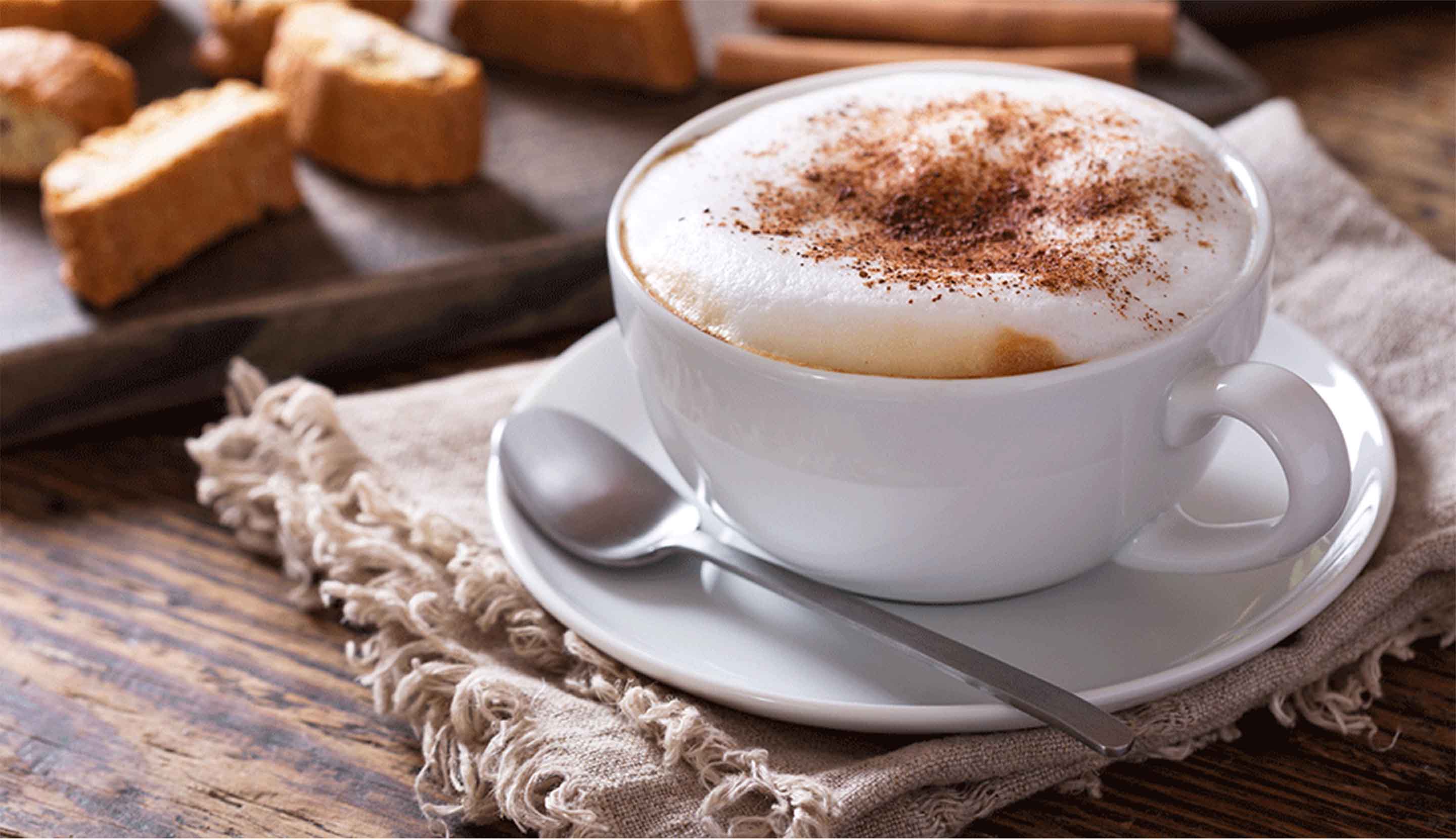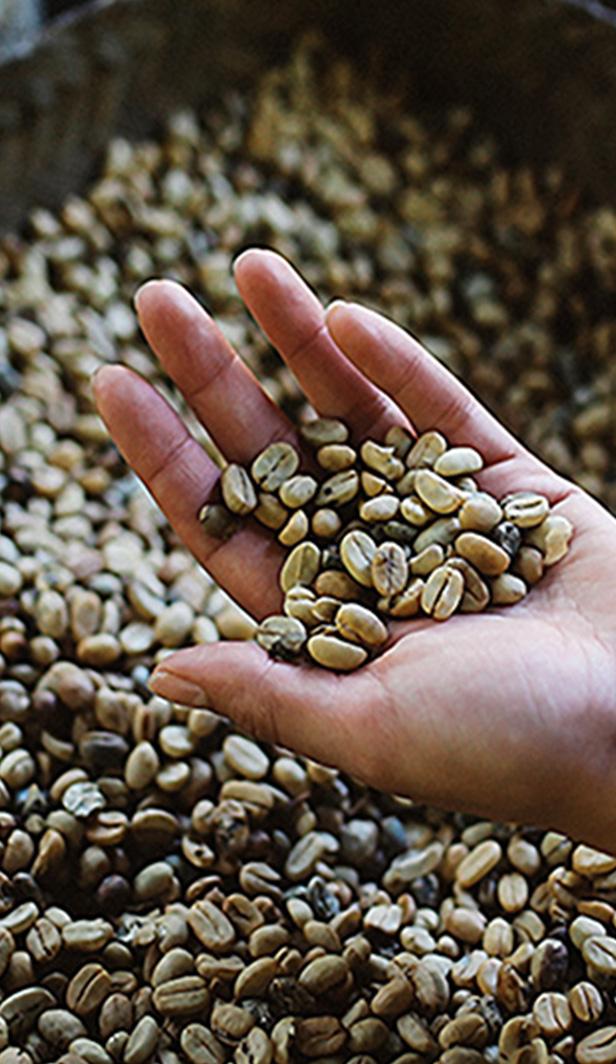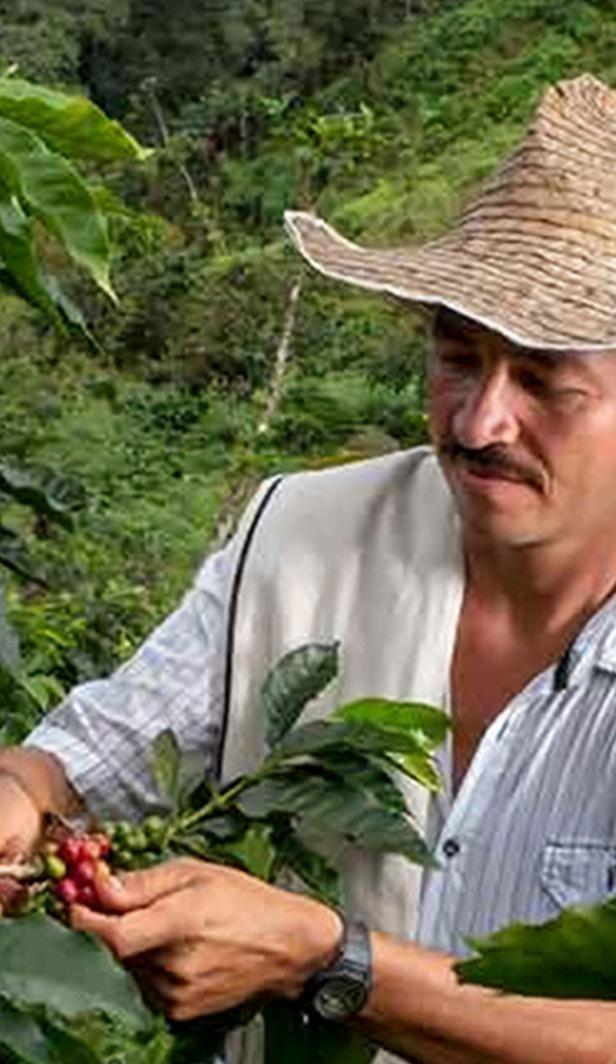What is a Cappuccino?
Cappuccino is a cup of milk coffee originating from Italy and began to appear in Europe and America in the 1980s. A cup of cappuccino has the same proportions of espresso, steamed milk and foam. The taste of cappuccino coffee is generally very rich, even though it's mixed with milk, the coffee flavor remains strong.
Origin of the Name Cappuccino
Do you know that the name "cappuccino" has its own history?
The name "cappuccino" was inspired by the Capuchin robe. The combination of colors resulting from the mix of espresso and milk in a cup of cappuccino resembles the Capuchin robe, which is a long brown robe with a hood. Eventually, this milk coffee became known as cappuccino.
Difference in Proportions between Cappuccino and Latte
Yes, the concept of latte and cappuccino is actually the same—they're both milk coffees—but they have different proportions. A cup of cappuccino contains 1/3 espresso, 1/3 steamed milk and 1/3 foamed milk, whereas a latte contains 1 shot of espresso, 175 ml - 235 ml of steamed milk and a little bit of foamed milk on top.
Also Read: Types of Tasty and Refreshing Milk Coffee. How Many Have You Tried?
It could be said that cappuccino has a higher or stronger espresso content compared to latte.
Toppings in a Cup of Cappuccino
This is also what sets cappuccino and latte apart. Usually, the flavor enhancer in a cup of latte is syrup, while the topping for cappuccino generally consists of powder added on top of the latte art. The toppings for cappuccino vary, ranging from nutmeg, powder, cinnamon, to chocolate powder.
Cappuccino and Latte Cups are Different!
Did you notice that latte cups are generally larger than cappuccino cups? Generally, every coffee shop provides different cups for these two drinks. Usually, cappuccino cups tend to be smaller than latte cups. If a cup of cappuccino is only 147 - 175 ml in size, the size of a cup of latte is usually 235 - 354 ml.
But Cappuccino and Latte are Both Breakfast Coffee
Although now many people enjoy cappuccino and latte in the afternoon, initially, these two milk coffees were breakfast coffee consumed before 11 o'clock. In Italy, people usually enjoy cappuccino coffee with a fresh croissant. Yum, delicious, isn’t it?
How to Make Cappuccino
Now, for those of you who love cappuccino coffee, you don't have to go far to a coffee shop to enjoy it because there's NESCAFÉ Can Cappuccino ready to accompany your days.
If you want a warm cup of cappuccino coffee, you can also make it yourself at home easily. Here's how:
Ingredients:
- • 2 teaspoons NESCAFÉ Classic
- • Milk
- • Sugar (optional)
- • Water
Equipment required:
- • Kettle / pot to boil water
- • Pan
- • Milk frother
- • Cup
Instructions:
- •Boil water until hot, then brew NESCAFÉ Classic in a cup. Make sure the cup is only filled to 1/3.
- • Add sugar to taste (optional).
- • Save the remaining milk, then froth it.
- • Once frothy, pour the frothed milk into the cup.
- • Secangkir cappuccino hangat siap kamu nikmati.
- • A warm cup of cappuccino is ready for you to enjoy.
Now you know the difference between cappuccino and latte, right? You won’t be facing a dilemma again when ordering drinks at coffee shop! If you want to immediately try your hand at making both drinks with instant coffee, make sure you choose the right coffee.
Some options include NESCAFÉ Classic and NESCAFÉ Gold. Both of these NESCAFÉ products are formulated to dissolve easily in water, making the brewing process more practical. This is done while preserving the natural taste and aroma of coffee, enhancing the special moments of enjoying any coffee creation!
Today’s community favourites




